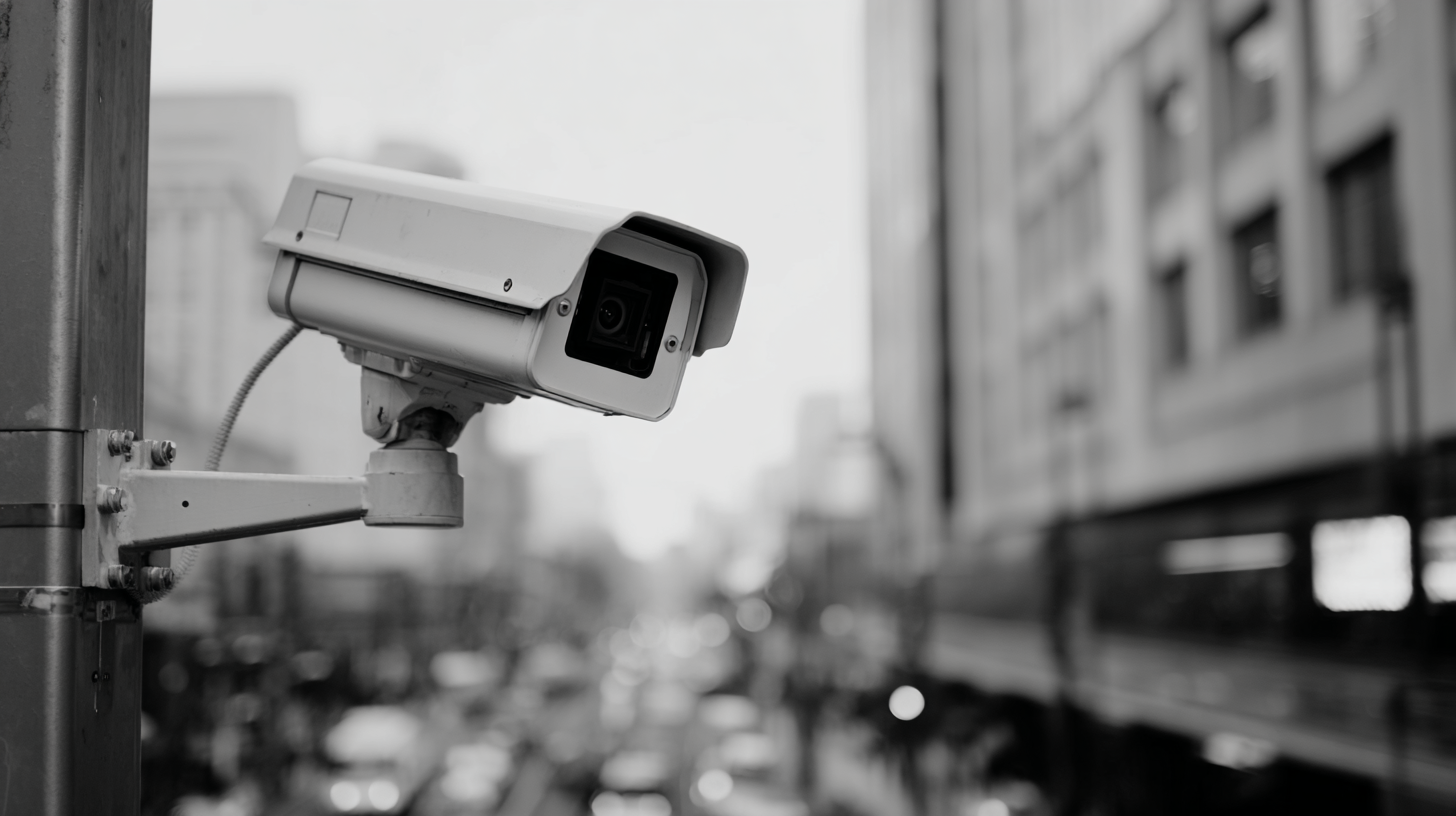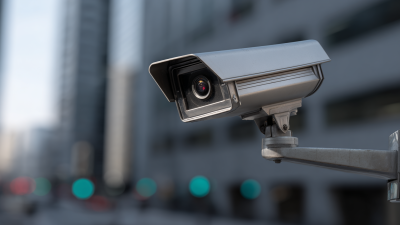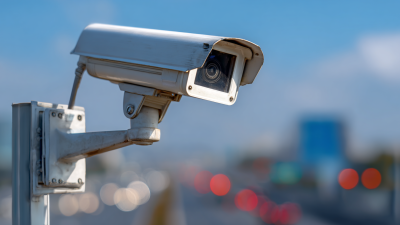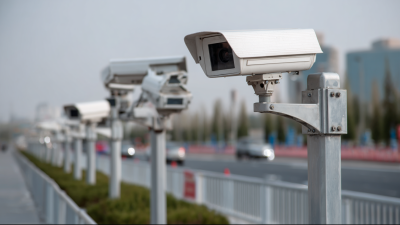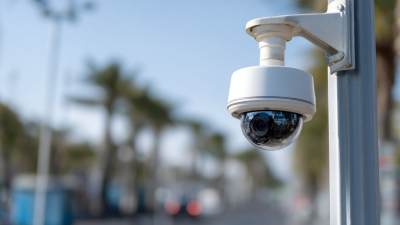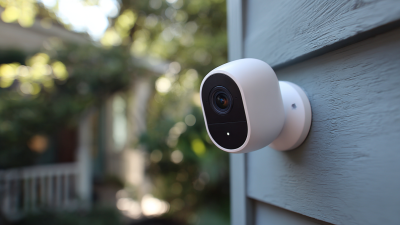
As homeowners increasingly prioritize safety and security, the demand for advanced monitoring solutions has surged, leading to significant innovations in security camera technology. According to a recent report by market research firm Statista, the global home security camera market is projected to reach $8.8 billion by 2025, reflecting a CAGR of over 21%. This growth is primarily driven by the rising concerns over crime rates, with the Federal Bureau of Investigation noting that property crimes occur approximately every 29 seconds in the United States. Furthermore, the integration of artificial intelligence (AI) and smart home compatibility in modern security cameras is reshaping the landscape of home safety. This article aims to explore the latest trends and technological advancements in security camera systems, providing insights into how these innovations are revolutionizing the way homeowners protect their properties and loved ones.

The emergence of AI-powered cloud-based surveillance systems is revolutionizing the security camera industry and shaping the future of home safety. With the global technology market valued at approximately $9.6 trillion, the integration of artificial intelligence into security solutions offers users enhanced efficiency and scalability. AI capabilities allow for smarter monitoring, enabling cameras to analyze video feeds in real-time and detect suspicious activities more accurately than ever before. This advancement not only improves response times for potential security breaches but also optimizes the overall security process, making it more accessible to homeowners.
Furthermore, the latest innovations in cloud storage solutions are addressing the growing demand for secure and easily retrievable footage. The implementation of cloud computing allows users to store and access their surveillance data from anywhere at any time, enhancing peace of mind. As cities deploy advanced security cameras equipped with AI to deter crime, municipalities are finding new ways to monitor public spaces, thereby reducing vandalism and theft. This trend indicates a shift in how security cameras are utilized—not just for home protection but as critical tools in broader community safety initiatives.
Smart home integration is revolutionizing security camera functionality, making home safety more effective and convenient. With various sensors strategically placed in homes and interconnected devices becoming increasingly affordable, homeowners can now remotely monitor and manage their properties like never before. The advancements in technology, such as artificial intelligence, play a key role in this transformation. For instance, the integration of AI allows security cameras to enhance features like facial, object, and behavior recognition, enabling them to efficiently identify family members, visitors, or potential intruders.
As the demand for smart home systems grows, companies are striving to incorporate this technology into their offerings. New subscription models and improved AI assistants designed for smart homes are making these systems more accessible. However, with the rise of interconnected devices, concerns about data privacy and security persist. Continuous data collection from AI cameras raises questions about unauthorized access to sensitive information, prompting the need for stronger privacy measures. Balancing advanced functionality with robust security protocols will be essential as smart home integration continues to shape the future of home safety.
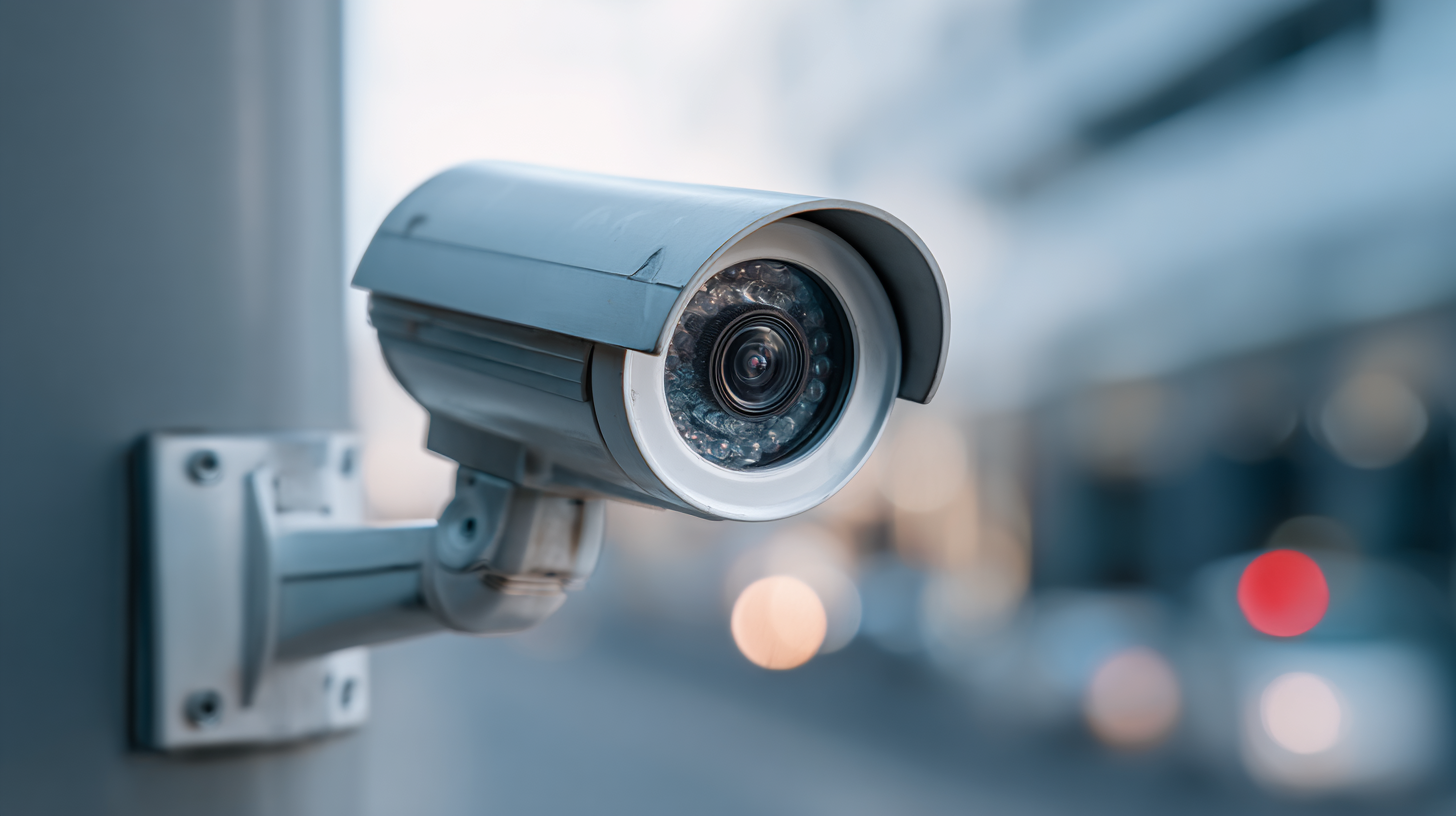 The rapid advancement in video quality and resolution is revolutionizing home security camera technology. Traditionally, cameras offered standard definition (SD) imaging, which lacked the detail necessary for clear identification in critical situations. However, the industry is now shifting towards high-definition (HD) and ultra-high-definition (UHD) resolutions, providing homeowners with enhanced clarity and detail. New cameras with 4K resolution and beyond allow users to zoom in on recorded footage without losing image quality, making it significantly easier to identify faces, license plates, and other crucial details.
The rapid advancement in video quality and resolution is revolutionizing home security camera technology. Traditionally, cameras offered standard definition (SD) imaging, which lacked the detail necessary for clear identification in critical situations. However, the industry is now shifting towards high-definition (HD) and ultra-high-definition (UHD) resolutions, providing homeowners with enhanced clarity and detail. New cameras with 4K resolution and beyond allow users to zoom in on recorded footage without losing image quality, making it significantly easier to identify faces, license plates, and other crucial details.
Moreover, the integration of artificial intelligence (AI) has further improved video quality by enabling real-time enhancements. Smart algorithms can automatically adjust settings based on lighting conditions and motion detection, ensuring optimal video quality at all times. This trend not only elevates the surveillance experience but also empowers consumers with smarter options, such as activity alerts and facial recognition, thereby promoting a safer environment. As these technologies continue to evolve, homeowners can expect a future where security cameras are not only more efficient but also play a proactive role in their overall safety strategy.
As the prevalence of security cameras in residential areas increases, privacy concerns and ethical considerations become paramount. Homeowners often install these devices for protection and peace of mind; however, the potential for invasion of privacy looms large. Individuals may feel uncomfortable knowing they are being recorded, even in public spaces within their own communities. This discomfort raises questions about consent, as many people are unaware of where the cameras are located or how the footage might be used.
Additionally, the data collected by these devices can be misused, leading to ethical dilemmas regarding surveillance. There is a fine line between ensuring security and infringing on personal freedoms. Companies and homeowners alike must navigate the responsibility that comes with the deployment of security cameras. Implementing clear policies on data storage, access, and sharing is essential to mitigate these concerns. Striking a balance between safety and individual privacy rights will be crucial as technology continues to evolve in the realm of home security.
The landscape of home security is rapidly evolving, driven by innovative design features that enhance user experience. Modern security systems are not just about deterring intruders; they prioritize user-friendliness, integrating advanced technologies that cater to the needs of homeowners. For instance, the introduction of AI-driven functionalities allows for seamless interaction between users and their security systems, providing real-time updates and smart alerts. This transformation in design is making home security more accessible and effective, as users can now monitor their homes from anywhere with just a few taps on their devices.
Recent product launches highlight a trend towards more intuitive interfaces and multifunctional devices that simplify the security experience. Innovations such as biometric recognition and feature-rich smart locks are making traditional entry methods obsolete. These advancements not only provide heightened security but also contribute to a more interconnected home ecosystem. As smart technologies continue to proliferate, users can expect security systems that are not only protective but also enhance their overall lifestyle, making home safety an integrated part of the modern living experience.
